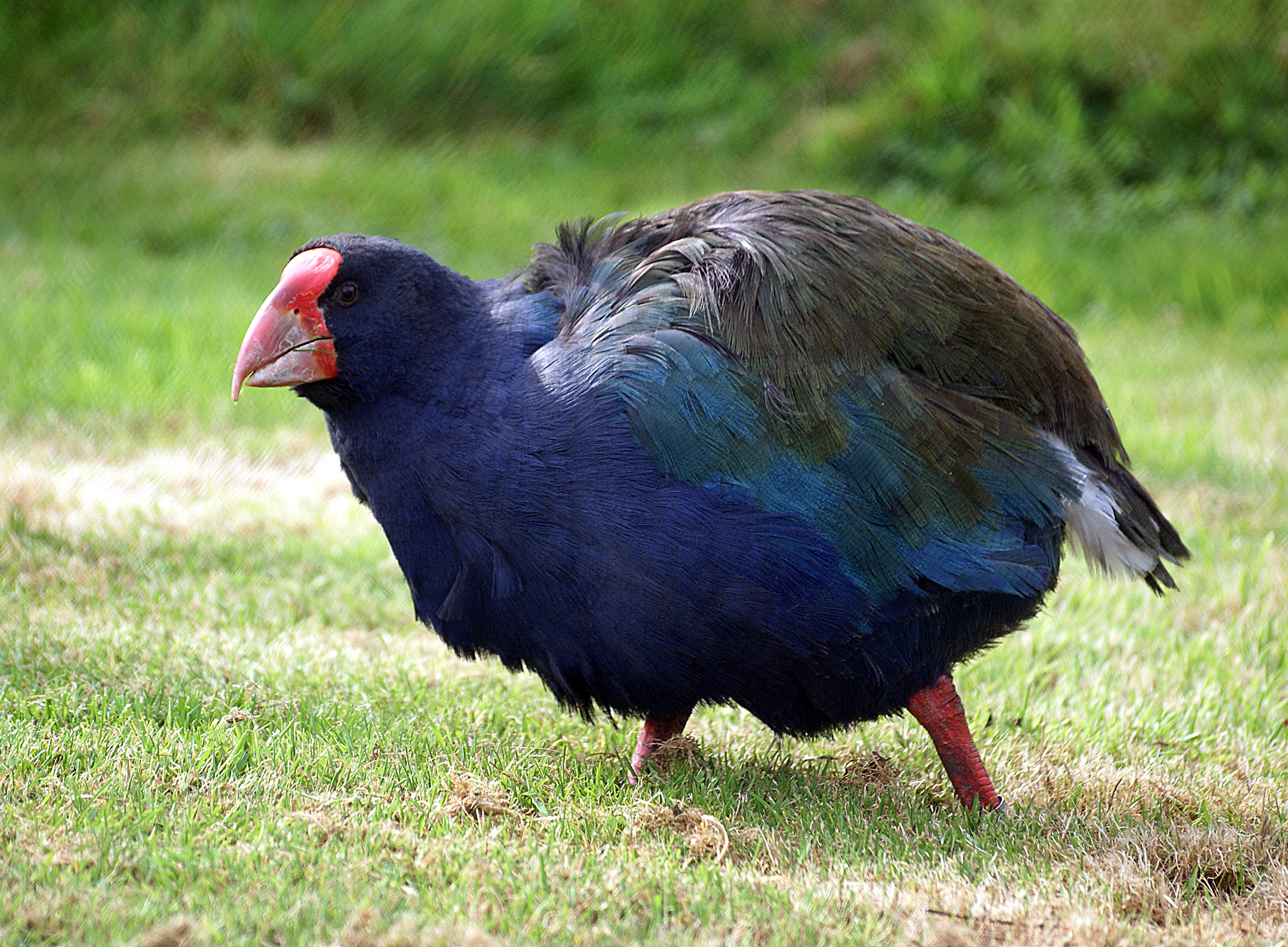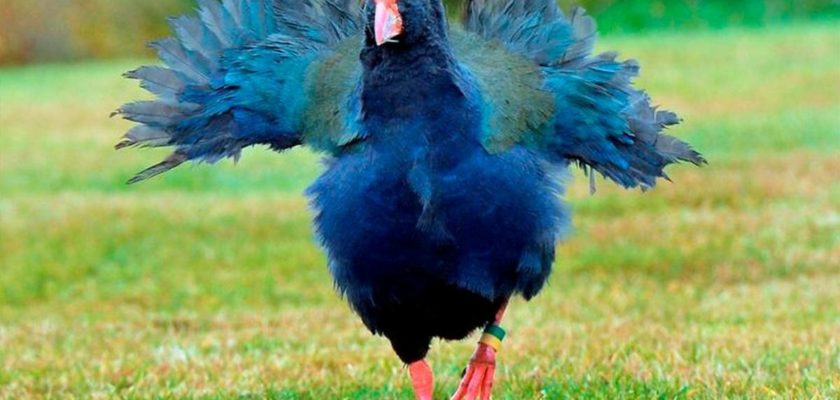Birds are characterized by their unique ability to fly; however, some birds are devoid of this characterization! For some, evolution has led to the loss of this ability. There is a huge variety of flightless birds out there. Though most of them have not gained much popularity, there are a few like the penguin and the ostrich. New Zealand is the hub of a variety of these special birds. These birds have acquired other characteristics which compensate for their inability to take off. So here goes the list of the top 7 flightless birds in decreasing chronological order.
Kiwi
Kiwis are found in New Zealand and are classified as endangered. We lose almost 27 Kiwis per week. Without a doubt, Kiwis are flightless and in Latin, are called Apteryx, which means wingless. Their ancestors are an ancient group of flightless birds called ratites. They have hair like feathers and nostrils at its beak. Also, the size of their egg is enormous. Primarily nocturnal, Kiwis scrounge the forest floor for seeds, worms, fruits or small invertebrates. In total, there are five species of kiwi. Most importantly, Kiwis are the national symbol of New Zealand.

Kakapo
Here is the world’s strangest and the one and only flightless parrot. This bird has the head of an owl, posture of a penguin and a gait similar to that of a duck! All in all, the Kakapo is a magnificent creation of God. Also, it is the heaviest of all parrots, and being approximately 2 feet long. It resides in New Zealand and is known to be vulnerable. There are only 150 Kakapos left all over the world, hence are critically endangered. With its gorgeous green-brown feathers, the bird is nocturnal and are ground-dwelling herbivores.
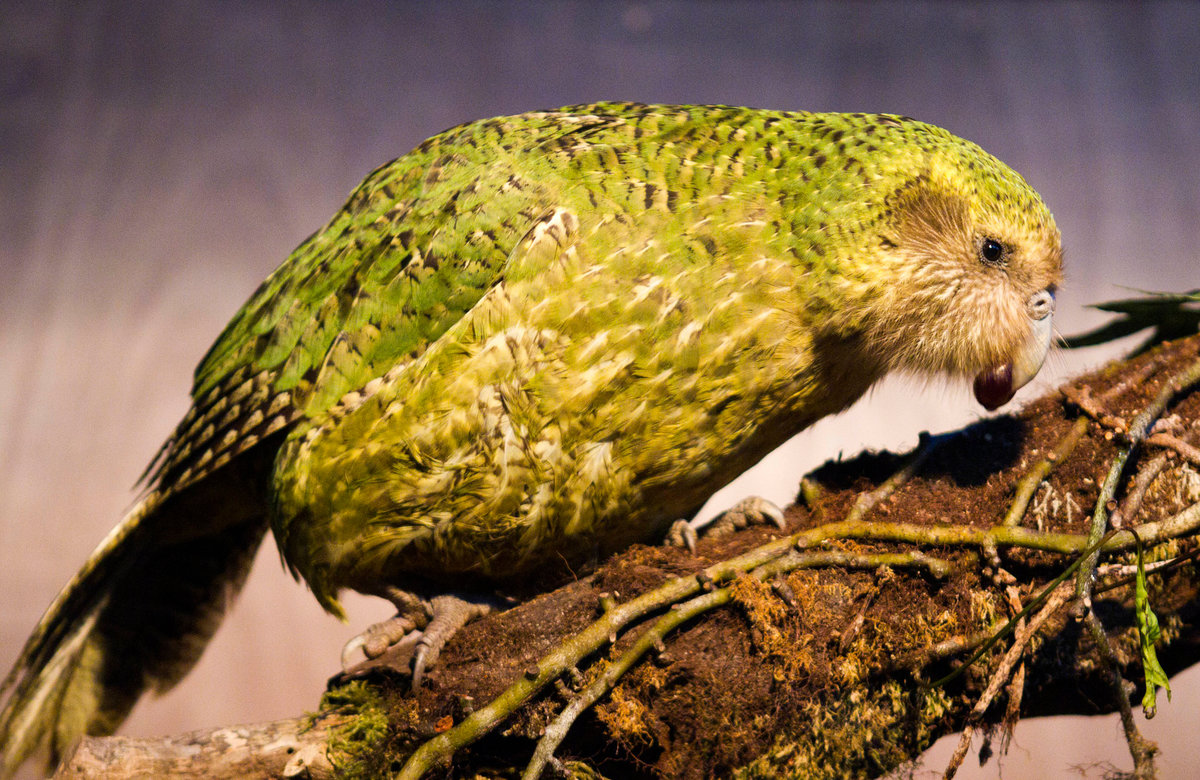
Penguin
Penguins are, without any uncertainty, one of the most famous birds known to humankind. These flightless birds are aquatic in nature and reside in the Southern Hemisphere, Antarctica. Everyone is aware of these small black and white creatures, with the yellow tummy, all thanks to the innumerous films made on them. They stand around 3 feet tall and weigh 35 kg on an average. Their wings are more like flippers, which makes them the expert swimmers that they are. They hunt their prey underwater and raise their offspring on land.
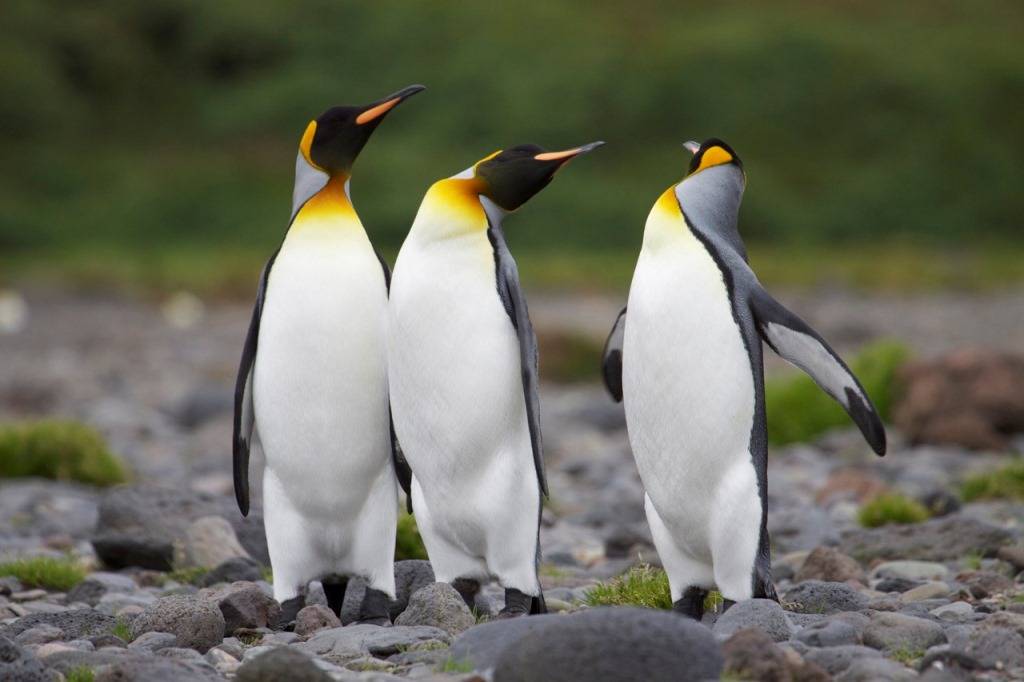
Emu
Emus are the national bird of Australia and are the second largest members of the ratite group. They are much similar to the ostrich if we talk about their physical features. With an average height of 5 feet – 6 feet, these flightless species don’t own fluffy and large wings. On the contrary, they have small vestigial wings and flutter them while running for acquiring stability. However, one cannot undermine them, as they have tough feet and can run at a speed of 30mph. Their tearing claws act as their weapons during the defense.
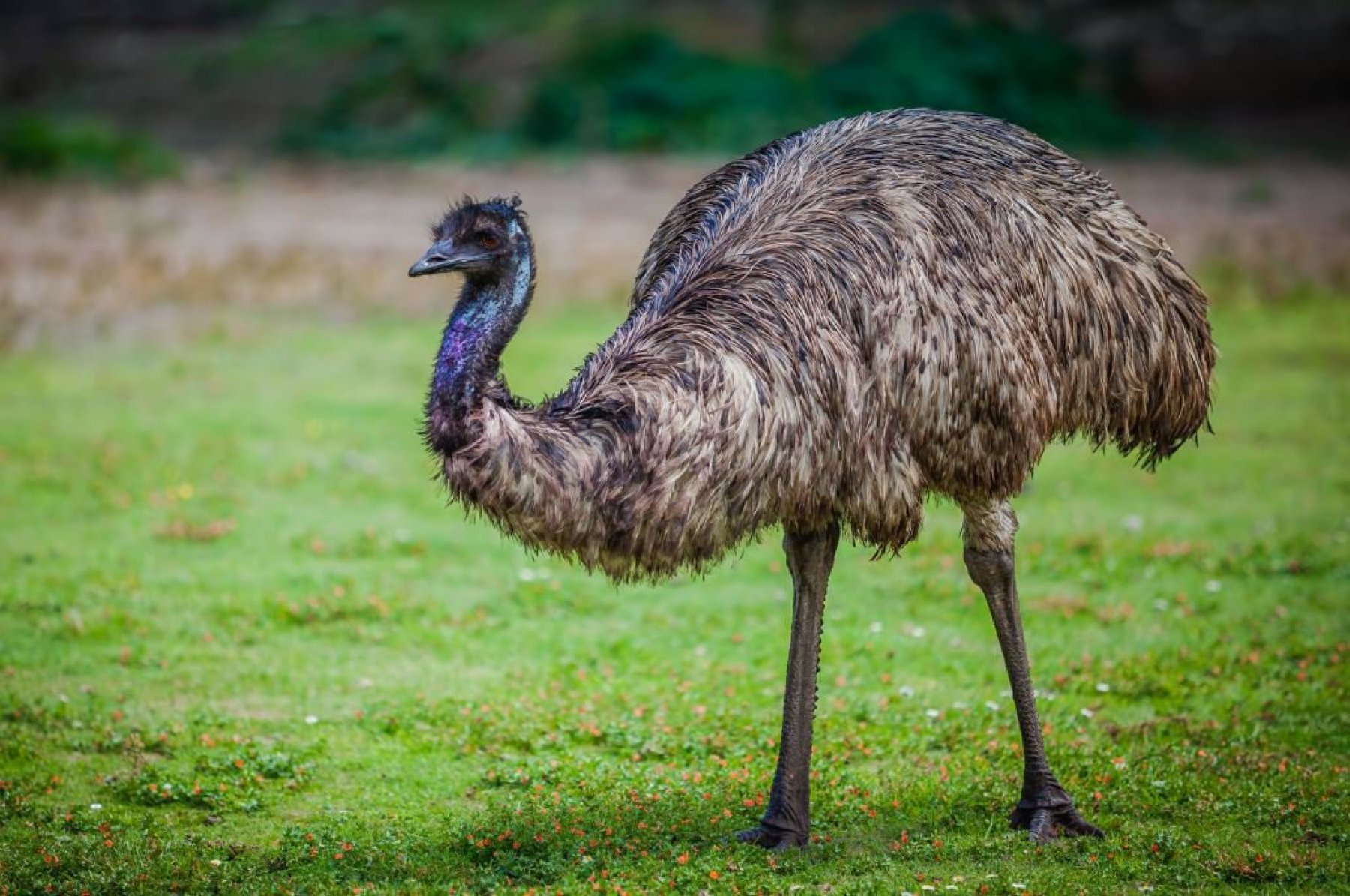
Flightless Cormorant
The Flightless Cormorant is a rare sight, found primarily on Galapagos, Fernandina Island, and Isabela Island. These birds have lost the ability to fly due to their short and stubby wings. These birds have distinctive turquoise blue eyes and have been classified as vulnerable and critically endangered because of their short range. Contrary to their wing size, these birds are the largest in the cormorant species. They have webbed feet and strong legs as they feed on fish, eels and withstand the harsh oceanic currents. Since they evolved in a predator-free island, they lost their ability to fly.
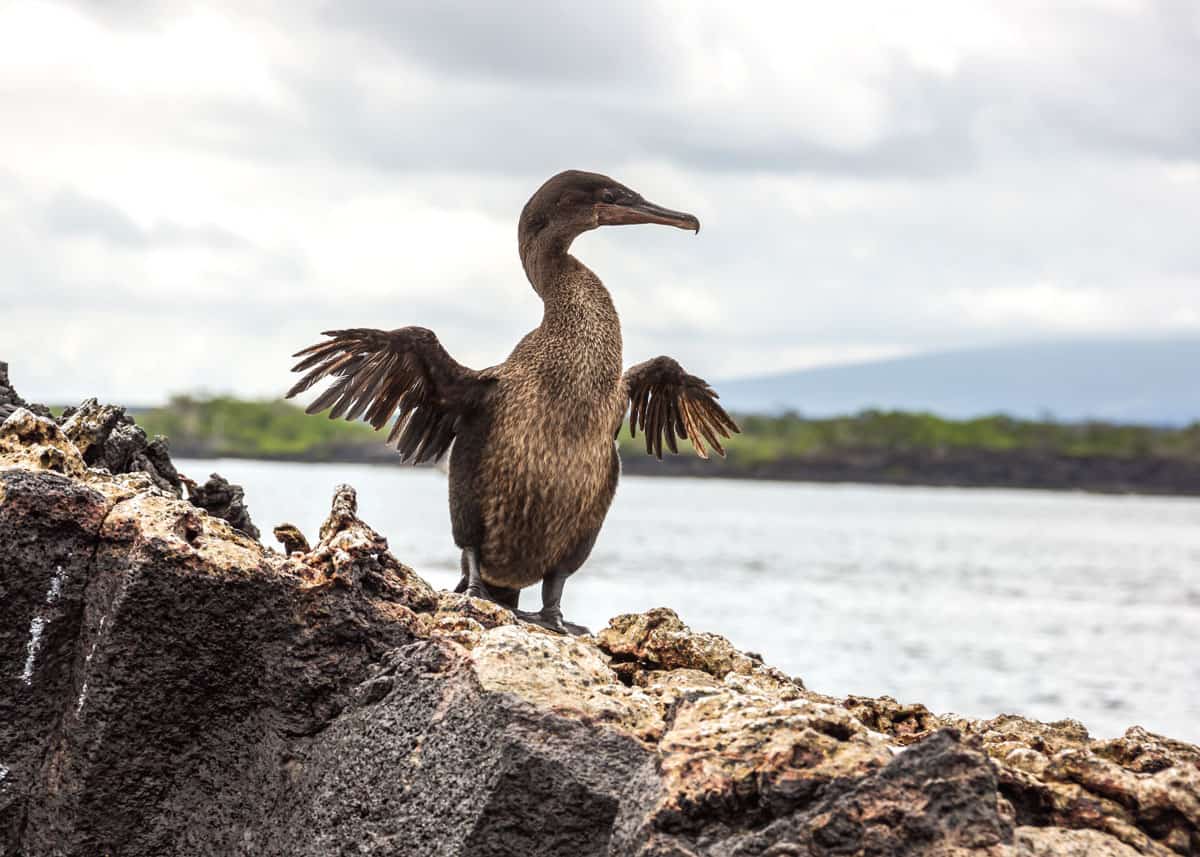
Greater Rhea
The Greater Rhea can easily be mistaken as the Ostrich or the Emu. Clearly, it is the largest bird in South America and stands around 4 feet tall. These birds use their long and stout legs to outrun their predators. Their gigantic, fluffy and feathery wings are useless as far as flight is concerned. When they feel vulnerable and scared, they run helter- skelter and lift each wing alternatively. The males of this species mate and incubate the eggs when the female deposits the eggs. They take care of the newborns in their large nest.
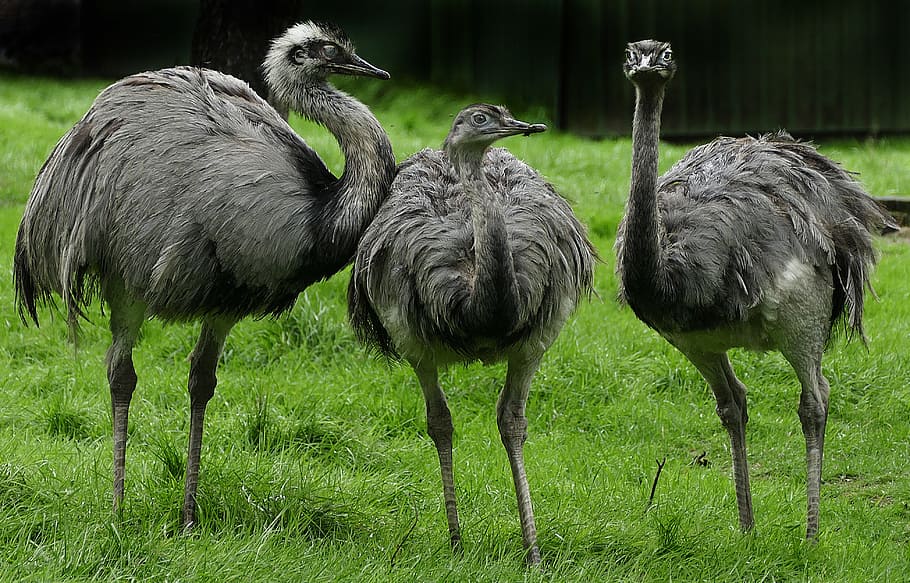
Takahe
These birds have an interesting history behind them. It was believed that they got extinct from the late 1800s, but to everyone’s surprise, they were unexpectedly rediscovered in 1948. The Takahe is particularly beautiful, with a vibrant blue and green plumage and a cherry red conical bill. They are natives of New Zealand. These flightless birds are vegetarian, who feed mainly on grass and grass seeds. Also, they have a noteworthy lifeline, i.e, they can live up to 20 years or more.
